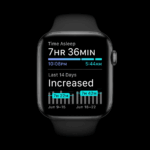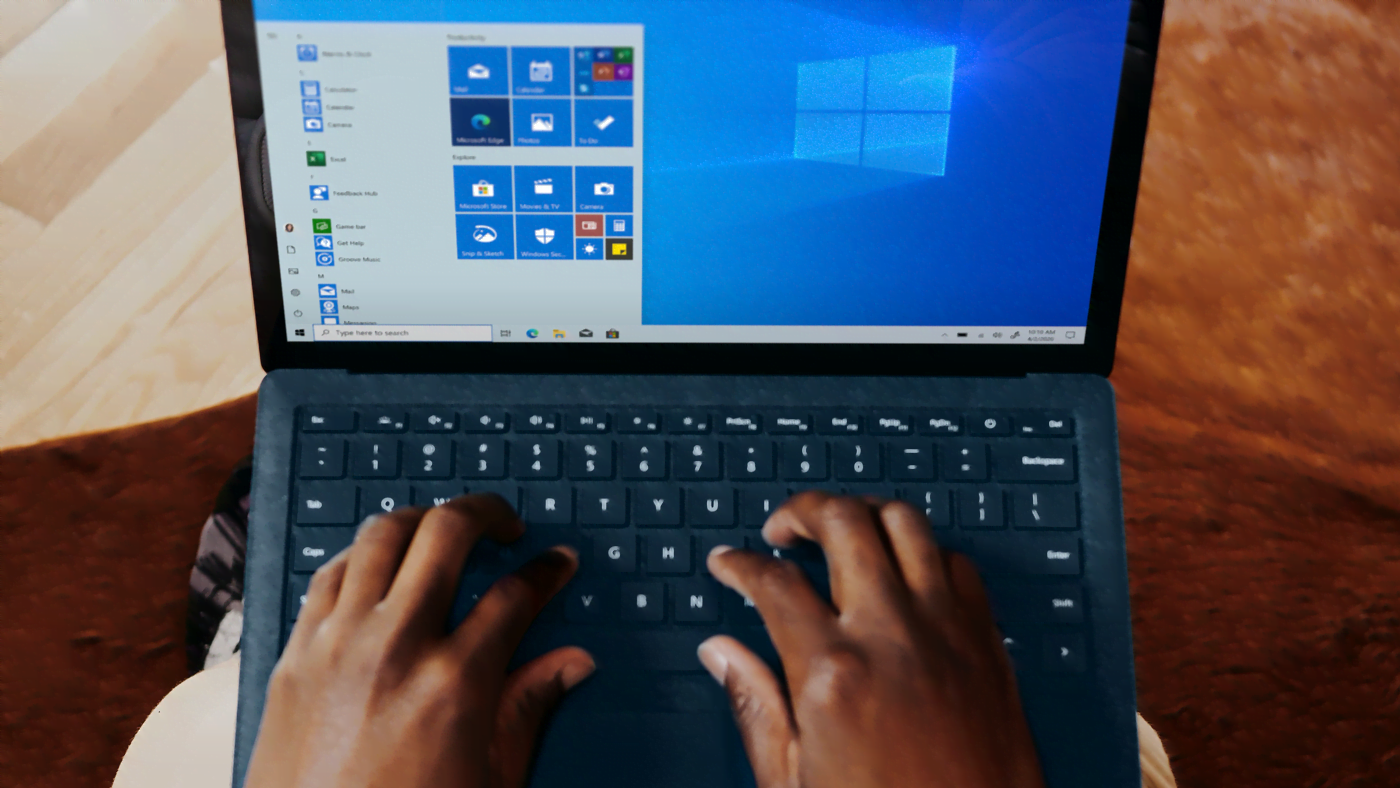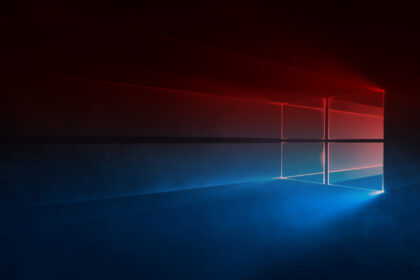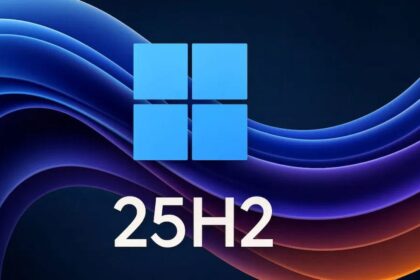Microsoft continues to fine-tune Windows 11, not only by adding headline-grabbing features but also by introducing small “quality of life” upgrades that make everyday use smoother. One of the latest experiments appears to bring haptic feedback to the Windows interface — a subtle but potentially game-changing touch.
According to a report from Windows Central, Microsoft is testing this functionality internally. The discovery comes from the well-known Windows leaker @PhantomOfEarth, who spotted new haptic settings hidden in the most recent Dev and Beta builds of Windows 11.
“New mouse haptic signals options in Settings coming soon (hidden in the latest Dev/Beta build),” the leaker shared on X (formerly Twitter).
A well-known Windows leaker has discovered the haptic feedback feature in test versions of the operating system
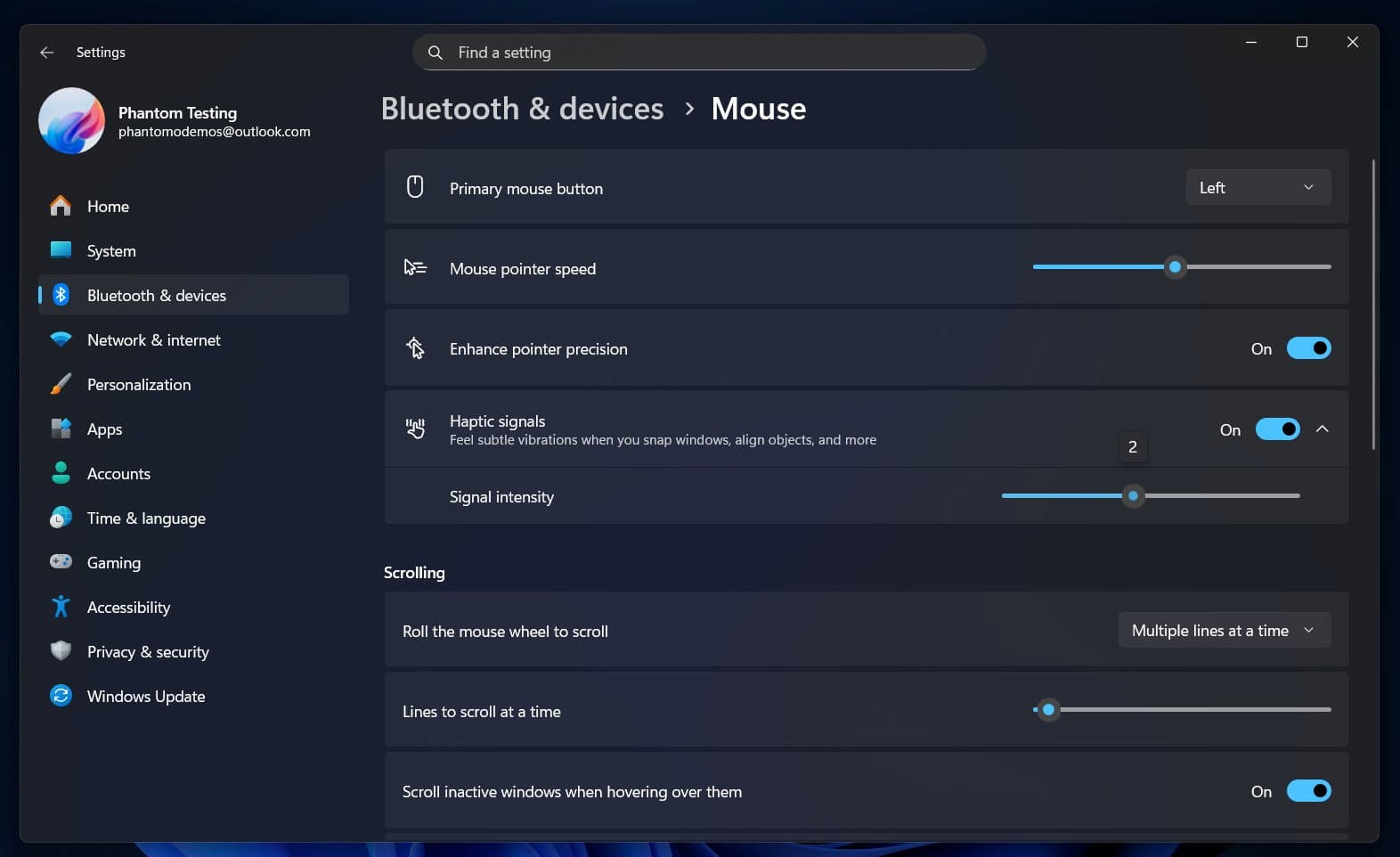
What Haptic Feedback Means for Windows
Haptic feedback refers to small vibrations or tactile pulses that occur when users interact with interface elements — for example, when snapping a window, dragging a file, or pressing a virtual button. It’s a familiar concept for smartphone users, especially on iPhones or premium Android devices, where subtle vibrations provide confirmation of an action.
In Windows 11, the feature is reportedly designed to work with haptic trackpads, such as those found on the Surface Laptop Studio and Surface Laptop 7. When enabled, users may feel a gentle vibration when performing gestures or adjusting windows — a subtle detail that helps reinforce interaction without requiring visual cues.
From Prototype to Rollout
While the concept isn’t entirely new — Microsoft began experimenting with haptics in Windows back in 2022 — it now appears closer to an official release. The feature is currently hidden in preview builds, suggesting that public testing could arrive soon for Insiders, before eventually reaching the stable channel.
It may not be a groundbreaking innovation, but it fits Microsoft’s ongoing effort to make Windows 11 feel more responsive, tactile, and refined. Combined with other interface improvements, haptic feedback could make using a trackpad on Windows devices feel more intuitive — and more in line with the polished experiences users expect on modern hardware.



